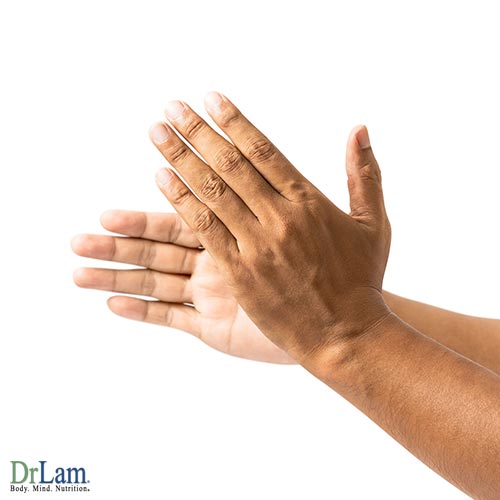 Hand clapping is a universal gesture. From the time a baby first learns the coordination required to clap his or her hands at only a few months of age, there will be many occasions in that baby’s life that lead to hand clapping.
Hand clapping is a universal gesture. From the time a baby first learns the coordination required to clap his or her hands at only a few months of age, there will be many occasions in that baby’s life that lead to hand clapping.
This universal gesture will be used at times of great joy, like when he gets a present for a birthday or Christmas, and when his team wins the big game. She might clap at a particularly meaningful church service, or at the end of a great movie or play. Hand clapping can occur in many instances, often times of joy or significance.
But not many people know there can be health benefits to hand clapping.
To understand specifics of these health benefits, however, you will need to know the basics of the acupressure and reflexology principles that underlie these apparent health benefits.
Both acupressure and reflexology are based in ancient Chinese medicine, and they may not have the best reception among modern medical practitioners. However, the proponents of these ancient methods of dealing with illnesses swear by them.
According to the theory behind acupressure and reflexology, there are a number of points and meridians on the hands and wrists that correspond to organs and systems of the body. Stimulating these points and meridians allows qi, or energy, to flow more freely. Hand clapping is a great way to stimulate these points and meridians.
Qigong is a set of exercises designed to help people move their energy, or qi, through their bodies more effectively. Hand clapping is an integral part of these exercises. The idea is that the hand clapping will clear any blocked areas of energy, thereby improving overall health.
According to the theory behind Chinese medicine, the palms of the hands and the wrists contain main acupressure points on three meridians: the heart, pericardium, and lungs. Stimulating these points will increase the qi to these areas.
Releasing the body’s natural energy by stimulating these points will engage the body’s healing response and lead to gradual, sometimes quicker, beneficial changes in the body. Another part of the theory behind the health benefits of hand clapping says receptors in the hands are closely connected to sensory fields in the brain. Clapping stimulates these receptors, activating parts of the brain that activate the healing response in various body systems. This response and the benefits of it have been reported anecdotally by many people, but are not fully understood scientifically yet.
What is known is there is a reciprocal flow of energy between the points that are stimulated and the organs to which they connect. Putting pressure on an acupressure point directs body energy directly into the associated organ. But this pressure application must be done in a particular manner. Applying pressure in this certain way helps increase the efficiency of how this organ works, resulting in a healthier organ system. 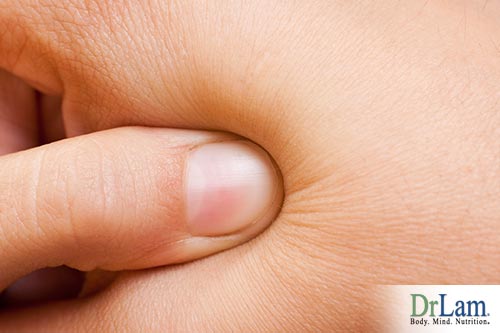
One approach, that of Zone Therapy, postulates that the ends of arteries located in the palms of the hands and the soles of the feet get blocked somehow, limiting the free flow of electromagnetic waves in the body. Applying appropriate pressure on points in the palms and soles frees these blockages and allows the electromagnetic waves to flow freely, thus improving overall health.
There are two approaches for applying pressure. One is constant pressure. This method requires continuing pressure on a point, gradually increasing over a four to five minute time period. The other approach is intermittent pressure. In this method, pressure is applied for about twenty seconds, then no pressure for ten seconds, then pressure again in an alternating sequence for four to five minutes at a time.
There have been very few scientific studies related to hand clapping. These benefits have been reported anecdotally for the most part. Only two rigorous studies have been conducted. 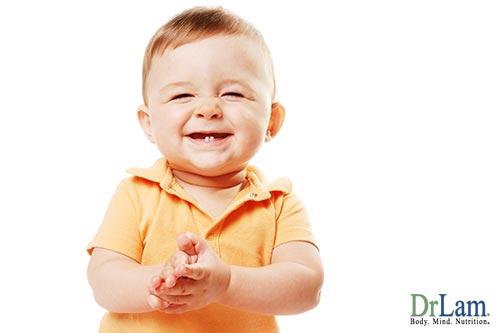
One of these is from the Ben-Gurion University of the Negev in Israel. The possible link between hand clapping and the development of essential skills in children was investigated. Children in first, second, and third grades in several elementary schools engaged in songs involving hand clapping. One result was that children who participated in this type of singing developed skills that children who didn’t participate did not develop. Another result showed that children who spontaneously engaged in hand clapping during recess had neater handwriting, wrote better, and had fewer spelling errors.
Because this kind of exercise seems to train the brain and influence development, those children didn’t get the hand clapping exercises were possibly at greater risk of developing learning difficulties. Teachers also reported those children who participated to be better socialized overall.
The children appeared to benefit from the hand clapping and singing primarily in three grades. The ages for these grades were roughly seven to ten. This appears to indicate a developmental process is occurring during these years that has effects on emotional, sociological, physiological, and cognitive development.
There also appeared to be a benefit for adults in this study. The researcher engaged university students in the same kind of hand clapping exercise. These students reported being more focused and less tense after the exercise.
Another study involving functional MRI imaging investigated cortical activation and hand clapping. Results of this study showed clapping to bring on more cortical activation in the primary sensorimotor cortex and the supplementary motor cortex than grasp-release movements and sequential finger opposition. These results indicate hand clapping to be an effective mechanism for stimulating the brain.
There has been research into the effectiveness of acupressure in several areas as well. It has been studied in the remediation of the severe nausea and vomiting that comes with chemotherapy for cancer. Researchers at Northern Ireland Radiotherapy Centre in Belfast found a large majority, 66%, of 105 individuals suffering from these side effects of chemotherapy reported relief with acupressure. This large group had no nausea or vomiting. Only 6% of the individuals did not get any benefit from acupressure.
Another study reported in the Clinical Journal of Pain, December 1996, explored the effect of acupressure on postoperative pain. Forty people were selected who had had knee arthroscopy in a university-based hospital setting. They were randomly given either active stimulation of acupressure points or placebo stimulation a half hour after awakening from anesthesia. The results indicated acupressure to be effective in relieving postoperative pain.
A systematic review of the literature concerning integrative therapies for breast cancer sufferers was conducted by some of the premier hospitals and cancer centers in the U.S. Institutions such as MD Anderson Cancer Center, University of Michigan, Memorial Sloan Kettering Cancer Center, and Columbia University participated. Findings showed over 80 integrative therapies to be useful in dealing with cancers. Acupressure was one of the integrative therapies studied. Findings also showed up to 80% of people with a history of cancer used one or more of these integrative approaches to handling their cancer.
A study published in JAMA Oncology reported a reduction of fatigue in breast cancer survivors when they used acupressure techniques. The reduction was in the range of 27% to 34% over six weeks. Relaxing acupressure, used by two-thirds of the women, brought their fatigue levels down to normal. The results appeared to be sustained. Using relaxing acupressure also led to improved sleep quality and overall quality of life.
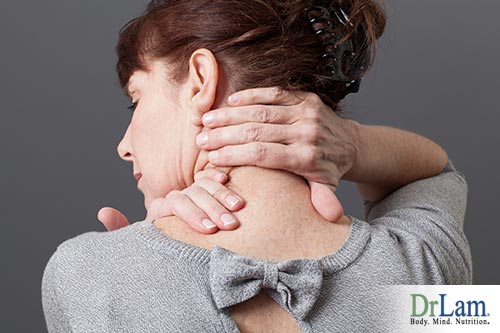 There have been several theories put forth to explain how acupressure helps alleviate pain. The perception of pain involves the amount of stress, physical tension, and anxiety present in a person at a given time. Acupressure stimulation causes increases in circulation. This increased circulation leads to the removal of lactic acid, histamines, bradykinins, and other toxins. This decreases the perception of pain by relieving much of the stress present.
There have been several theories put forth to explain how acupressure helps alleviate pain. The perception of pain involves the amount of stress, physical tension, and anxiety present in a person at a given time. Acupressure stimulation causes increases in circulation. This increased circulation leads to the removal of lactic acid, histamines, bradykinins, and other toxins. This decreases the perception of pain by relieving much of the stress present.
Another theory proposes pain is experienced through a gating mechanism in the pain signaling system. If the gate is only partially open, a mild to moderate amount of pain is experienced. If the gate is completely open, a great amount of pain is felt. Acupressure is said to stimulate the sensory nerves that tend to close these gates, thereby decreasing the perceived pain.
A third theory has to do with endorphins, the natural pain relieving chemicals in the body. These endorphins are believed to be neurotransmitters released by the pituitary gland. Acupressure stimulates the pituitary gland to release endorphins, thus decreasing the experience of pain naturally. Endorphins don’t completely block pain, but tend to lower the person’s perception of pain in the same way that narcotics do.
Hand clapping has benefits in adult brains and in children’s development. This latter may be one of the more prominent areas of benefit.
Motor planning is one of the skills children must learn in order to successfully accomplish everyday tasks such as getting dressed, engaging in games with others, and writing. In motor planning, a child has to come up with a task, figure out how to complete it, and then do the physical actions to accomplish the task. Games that involve hand clapping also use motor planning. Motor movements involved in clapping must be practiced over and over in order for them to become automatic.
Clapping games help children practice crossing the midline of their bodies. This is an imaginary line that bisects the body. Crossing it is important in the development of handedness and brain connectedness. 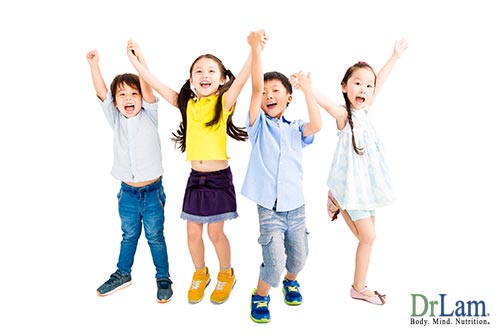
Learning to place things in sequence is an important developmental task for children, also. This helps them in learning other skills, especially in academics. Clapping games help children learn to sequence in a playful atmosphere. Many of the clapping games require children to tell a story in sequence as they clap.
The coordination of the two sides of our bodies is a fundamental skill needed in many aspects of daily living and learning. Opening a bottle, putting on earrings, driving a manual car, and tying shoes require coordination of both sides of the body. Clapping games are very good at helping children learn this necessary skill. They require the use of both sides of the body over and over.
Clapping games also help children learn visual tracking. This is the ability to use the eyes to follow objects without moving the entire head to do so. This skill is necessary for good reading skills to develop.
Developing rhythm and beat skills are necessary for children to later learn how to dance, improve coordination, learn some gross motor games, and play an instrument. Clapping games are an excellent way to learn rhythm and beat.
Improved socialization is another benefit from clapping games. Many of these games involve more than one child, making the opportunities for socialization great. Often, one of the children involved in the games will be a bit more advanced than the other. This allows those who are slower to learn from the more advanced one. This also allows for peer coaching, which can be a wonderful tool for children who have difficulties. And the clapping games don’t appear to be “learning” in the strictest sense of the word; they are, rather, play time.
These clapping games can give children a developmental edge that helps them avoid childhood stressors and sets them up for a bright future.
Overall, clapping appears to work like acupressure or acupuncture. It seems to help the energy move through the body and helps the brain make new connections. It improves focus, reduces tension, and may have an effect similar to that which reduces pain in cancer patients. It also has many developmental benefits for children. It’s an easy and fun way to take care of your brain.
© Copyright 2018 Michael Lam, M.D. All Rights Reserved.
Hand clapping has long been used in Chinese medicine to stimulate the pressure points in the hands to bring better flow of life energy. Scientific research has recently shown it does stimulate areas of the brain and improves children’s development.
